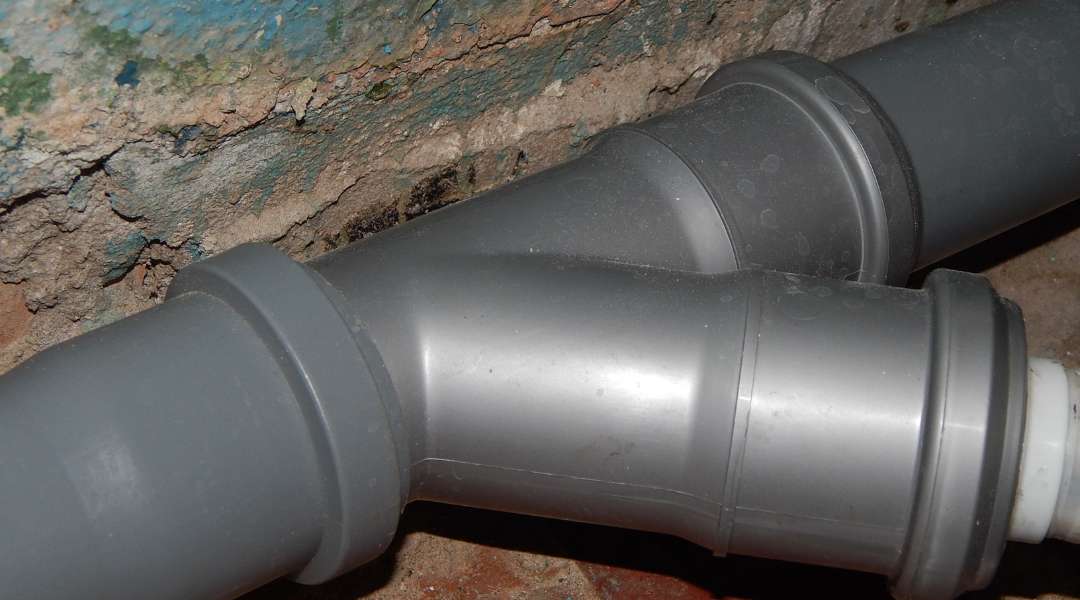A crack in your sewer line might seem like a small issue, but trust me, it can escalate quickly into a significant problem. First off, spotting these cracks early is key. You’ll want to know what signs suggest that your pipes aren’t in top shape.
Understanding how to prevent further damage could save you from this headache again down the road. So imagine discovering moderate cracks that get checked every so often. It sounds manageable, right?
But wait till we chat about severe ones and when you should really start worrying!
Identifying Sewer Line Cracks
If you notice moderate cracks in your sewer line, it’s crucial to act promptly. Inspect these annually or bi-annually, and if the damage worsens, increase inspections. For homeowners witnessing such issues escalate from moderate to severe, immediate planning for repairs becomes indispensable.
Early detection can save on extensive costs later on. Severe fractures signal imminent risk of complete pipe failure; hence they necessitate urgent repair to prevent catastrophic outcomes like major leaks or collapses that disrupt home functionality drastically. Should you face any uncertainties regarding your sewer’s condition, sewer line replacement might not just be advisable but essential.
It can avert potential disasters efficiently and secure a safe living environment in the long term.
Signs of a Compromised Sewer Pipe
If you notice foul odors, it’s a red flag. These smells often mean sewer issues. Experiencing backups in toilets or showers points to blockages or breaks along the main line.
When all drains clog simultaneously, suspect your sewer line first. It signals moisture from broken pipes hiding behind walls. A costly fix awaits if ignored.
Slow drainage isn’t always due to minor clogs. Persistent slow drains need professional inspection with cameras that locate precise problems within the lines. Hearing gurgles from flushing toilets indicates trapped air released by water-flooded sewers.
Another sign of trouble below ground. Observe your yard too; unexplained wet spots might reveal cracked lines, failed septic tanks, or drain field issues leading to puddles. Or worse: sewage on your property!
Also alarming are foundation cracks and sinking pavers signaling long-ignored leakage undermining structural integrity and earth stability around homesite amenities like driveways and patios alike! Notice unusually green patches of grass? Underground waste could be fertilizing certain areas excessively compared to neighboring turf plots, suggesting possible leaks nourishing those specific zones without intention or design.
Lastly, beware of insect swarms indoors, as they point clearly towards underlying drain dilemmas needing quick action to curb potential health hazards.
Repair vs Replacement Options
When you’re faced with a cracked sewer line, understanding whether to repair or replace is key. For lines over 40 years old showing signs of cracks, corrosion, or tree root invasion, replacing the entire system often makes more sense. This approach might seem costly upfront but can save money in the long run by avoiding continuous repairs and enhancing plumbing efficiency.
On the other hand, newer lines with minor issues like small cracks may only require simple repairs. A less expensive option initially. However, weigh this against potential frequent future fixes that could add up financially.
Consulting a professional technician for an accurate assessment of damage severity will guide your decision effectively. Remember also to consider environmental impacts; while repairing minimizes disturbance by focusing on affected sections only, replacing an aged leak-prone system could better protect local water sources from contamination. Choosing between repair and replacement hinges is not just about immediate cost but also about the long-term functionality and sustainability of your plumbing infrastructure.

